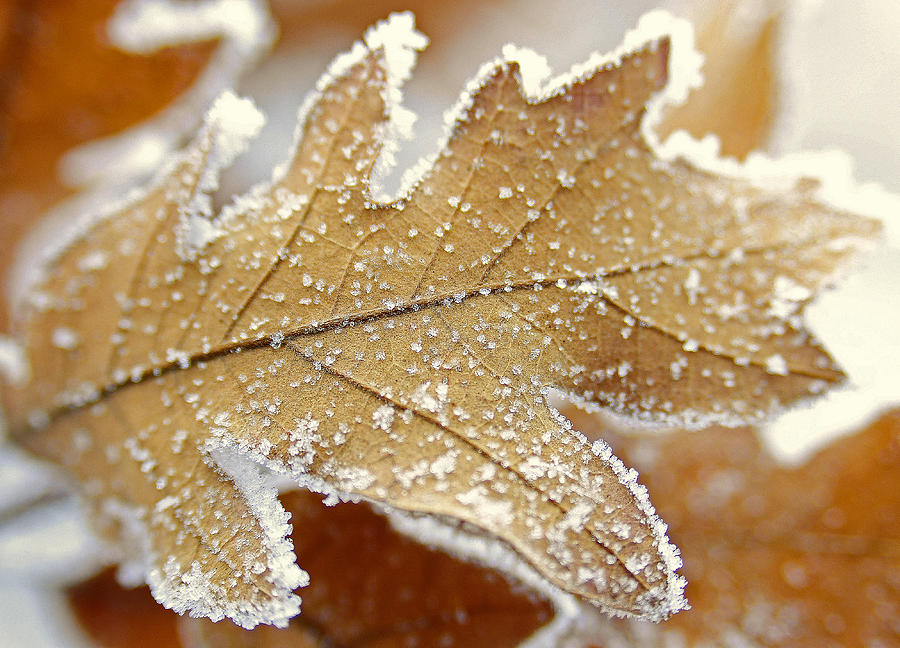
pop singles chart and as aforementioned served as the title song on her gold-selling album Diamonds & Rust. Understandably she was incensed with how she was treated and the tour signalled the end of their relationship.ĭiamonds and Rust was a top 40 hit on the U.S. The landmark music documentary of that 65′ tour – Don’t Look Back revealed Dylan never invited Joan on stage and she was left to just tag along like a fellow-groupie in Dylan’s entourage. The relationship turned on its head after Dylan catapulted to stardom and he invited Joan to tour with him in England in 1965.

“Well, you burst on the scene already a legend / the unwashed phenomenon, the original vagabond…” She was so enamoured with Bob she often invited him to sing with her. Before Dylan made a name Baez was already a popular figure in the folk community. The two even sung at the famous Martin Luther King Jr inspired March on Washington in 63′.Ī lot of people attribute Bob Dylan’s rapid rise to fame in the 60’s folk movement to Baez’s unfledged support of his musical endeavours. Joan is heralded as one of the best interpreters of other songwriters compositions including of course Bob Dylan who she toured with most notably in the early 60’s and on the Rolling Thunder Revue – 1975. This is my favourite song of hers, but I wouldn’t say I am familiar with a lot of her discography. It is regarded by a number of critics and fans as one of her best compositions. While Diamonds was released in 1975 on the record by the same name, it recalls a phone-call from an old lover a decade earlier in Greenwich Village. Diamonds and Rust doesn’t mention Bob’s name, but Baez admitted the lyrics refer to her relationship with him. It is so well-renowned because it tells of her turbulent relationship with fellow singer-songwriter Bob Dylan. The cover songs were typically accomplished, making this the strongest album of Baez's post-folk career.The introspective self-emboldening Diamonds and Rust is the first song to appear here from the phenomenal talent that is Joan Baez. But those who bought the disc for "Diamonds & Rust" also got to hear "Winds of the Old Days," in which Baez forgave Dylan for abandoning the protest movement, as well as the jazzy "Children and All That Jazz," a delightful song about motherhood, and the wordless vocals of "Dida," a duet with Joni Mitchell accompanied by Mitchell's backup band, Tom Scott and the L.A. It was her finest moment as a songwriter and one of her finest performances, period, and when A&M finally released it on 45, it made the Top 40, propelling the album to gold status. Outdoing the current crop of confessional singer/songwriters at soul baring, Baez sang to Dylan, reminiscing about her '60s love affair with him intensely, affectionately, and unsentimentally. But the real hit was the title track, a self-penned masterpiece on the singer's favorite subject, her relationship with Bob Dylan. A&M, no doubt recalling the success of her cover of the Band's "The Night They Drove Old Dixie Down," released her version of the Allmans' "Blue Sky" as a single, and it got halfway up the charts.

But she did it on her own terms, putting together a session band of contemporary jazz veterans like Larry Carlton, Wilton Felder, and Joe Sample, and mixing a wise selection from the work of current singer-songwriters like Jackson Browne and John Prine with pop covers of Stevie Wonder and the Allman Brothers Band, and an unusually high complement of her own writing. With the Vietnam War winding down, Joan Baez, who had devoted one side of her last album to her trip to Hanoi, delivered the kind of commercial album A&M Records must have wanted when it signed her three years earlier.


 0 kommentar(er)
0 kommentar(er)
